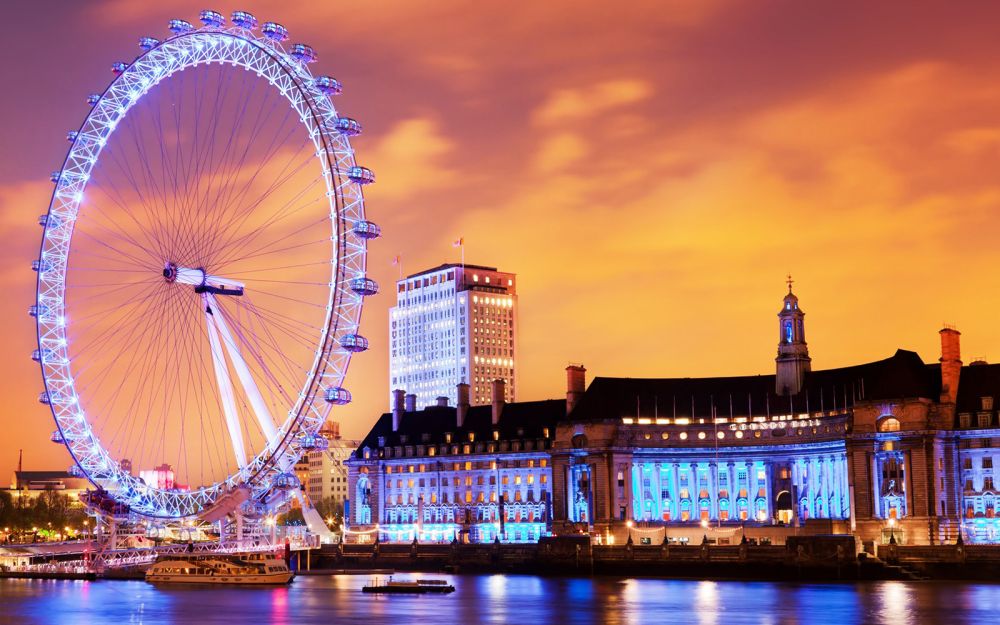

The London Eye, also known as the Millennium Wheel, stands as an icon on the South Bank of the River Thames. This magnificent structure was conceived to celebrate the turn of the millennium and has since become an indispensable part of London's skyline and an emblem of modern-day tourism in the city.
The idea for the London Eye originated from a competition to design a landmark for the new millennium. Architects David Marks and Julia Barfield proposed the concept of a giant observation wheel, which came to fruition with the official opening to the public on March 9, 2000.
Despite initial skepticism and operational teething problems, the Eye quickly captivated both locals and tourists alike. The project, initially intended as a temporary attraction, has endured to become a permanent fixture and is now one of the most visited paid tourist attractions in the UK.
The London Eye has played a significant role in modernizing the face of London tourism. Its presence not only reshaped the city's silhouette but also the expectations of visitors looking for unique ways to experience the British capital. Offering panoramic views of up to 25 miles on a clear day, it presents a fresh perspective on notable landmarks including the Houses of Parliament, St. Paul's Cathedral, and Buckingham Palace.
In recent years, the London Eye has been part of the trend towards experiential tourism with its focus on creating personal and memorable experiences. For instance, guests can book private capsules for special occasions, enjoy champagne tastings, or even indulge in a London Eye River Cruise to view the city from a different vantage point.
The attraction has also integrated technology into the visitor experience. Each capsule comes fitted with interactive tablets to provide information about the surrounding landmarks in multiple languages, catering to the international demographic that visits London.
Moreover, with the rise of sustainability in travel, the London Eye has made efforts in eco-tourism. It uses energy-efficient lighting and has operations designed to minimize environmental impact, aligning with the greener practices that modern travelers often seek out.
To maintain its appeal, the London Eye also hosts special events and seasonal promotions. This includes themed decorations and lighting for events like Christmas, New Year's Eve, and Halloween, ensuring the attraction remains a dynamic and integral part of London's festive celebrations.
The London Eye continues to be a formidable engine for London's tourism industry, symbolizing the city's continual reinvention and its commitment to offering visitors both classic and contemporary experiences. As it moves into the future, it remains a must-visit destination for those exploring the historic yet ever-evolving landscape of London.